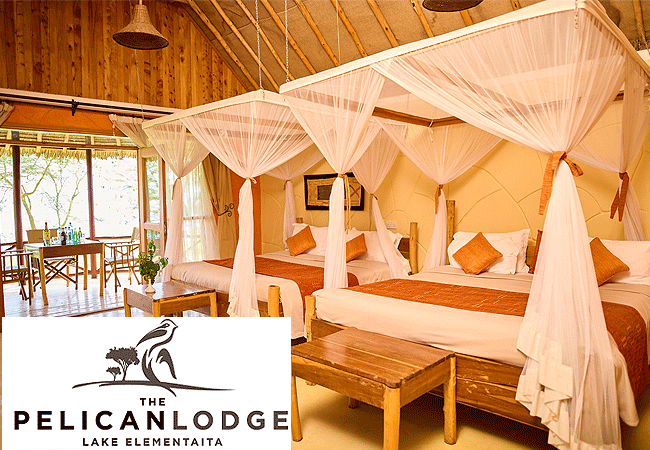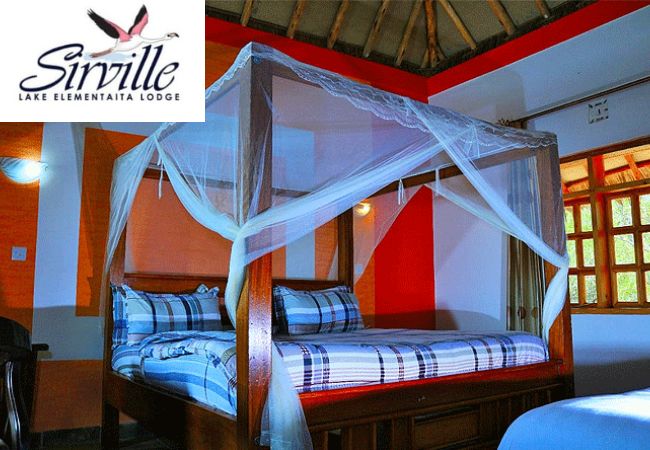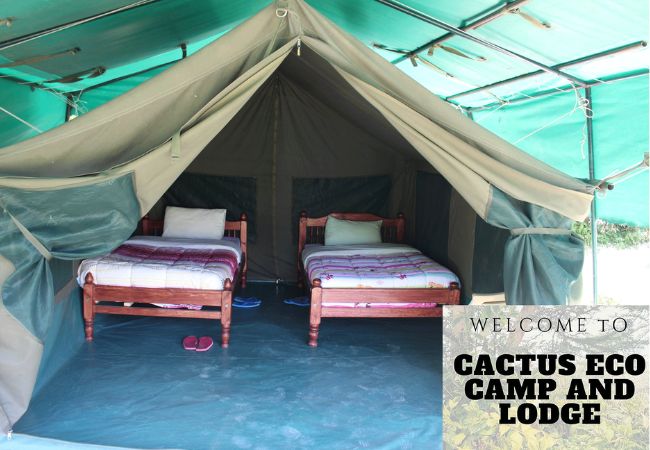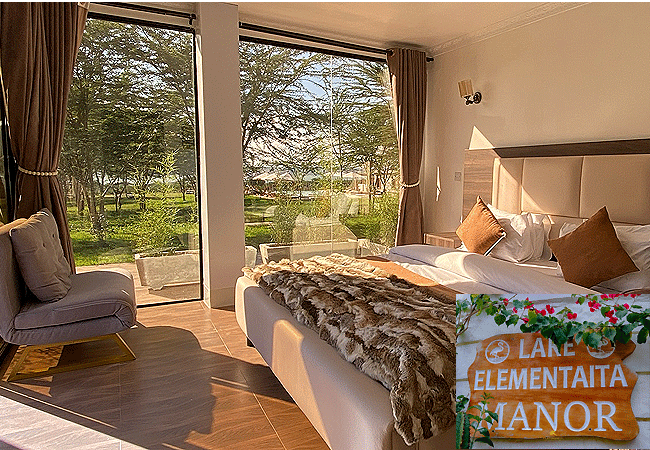Lake Elementaita Wildlife Sanctuary
Lake Elementaita Wildlife Sanctuary is a protected area in Kenya’s Great Rift Valley, known for its rich biodiversity and stunning landscapes. The lake itself is a shallow soda lake, part of the Kenya Lake System in the Great Rift Valley, and a UNESCO World Heritage Site. The sanctuary is primarily renowned for its birdlife, especially the large breeding colony of Great White Pelicans and both Lesser and Greater Flamingos that gather on its shores.
The sanctuary was designated an Important Bird Area (IBA), a site of global significance for bird and biodiversity conservation, in 1999. It was gazetted as a National Wildlife Sanctuary in 2010 and listed together with Lakes Nakuru and Bogoria as the Kenya Lakes System in the Great Rift Valley World Heritage Site by UNESCO in 2011. The sanctuary supports diverse habitats, including wetlands, savannah grasslands, and riparian forests, which provide shelter for a variety of bird species and wildlife.
Where is Lake Elementaita Wildlife Sanctuary located?
Lake Elementaita Wildlife Sanctuary is approximately 120 km north of Nairobi, 10 km from Gilgil Town in Nakuru County, 40 km north of Naivasha, and 45 km south of Nakuru. The sanctuary can be accessed via the Trans-African Highway (A104), making it a convenient stop along the Rift Valley’s scenic route. For visitors traveling by air, the nearest airstrips are Nakuru (Lanet) Airstrip and Soysambu Airstrip.
By Air: The flying time from Nairobi’s Wilson Airport to either Nakuru (Lanet) Airstrip or Soysambu Airstrip is about 25-30 minutes. From the airstrips, it is approximately 30 km from Nakuru Airstrip and around 25 km from Soysambu Airstrip to the sanctuary.
Where is Lake Elementaita and what is its importance?
Lake Elementaita is a saline soda lake in the Great Rift Valley of Kenya, approximately 120 kilometers northwest of Nairobi. Lake Elementaita is part of the Lake Elementaita Conservation Area, including Soysambu Conservancy. The lake is named after the Maasai word “muteita,” which means “dust place.” and was designated a Ramsar site (wetland of international importance) in 2005.
Lake Elementaita is home to many other bird species, including pelicans, herons, and various migratory birds. It also supports a range of mammals, such as zebras, giraffes, warthogs, and gazelles. The lake itself is alkaline and has a high concentration of salt, which supports the growth of algae and other microorganisms.
Lake Elementaita and its surroundings offer scenic beauty and opportunities for outdoor activities. Visitors can enjoy bird watching, nature walks, and game drives in the nearby Soysambu Conservancy.
What are the activities one can do in Lake Elementaita Wildlife Sanctuary?
Birdwatching: Lake Elementaita Wildlife Sanctuary is famous for its birdlife, hosting over 450 species. Lesser and Greater Flamingos are a highlight, feeding on algae in the alkaline waters, alongside Great White Pelicans, African Spoonbills, and more.
The sanctuary’s wetlands, forests, and savannahs provide diverse habitats for bird species, making it a globally significant birdwatching destination and part of the African-Eurasian Flyway.
Hiking: Hiking around Lake Elementaita offers scenic views of the Great Rift Valley, its rugged landscapes, and volcanic formations. Trails take you along the lake’s shores, where you can spot wildlife like zebras and gazelles. Hikers can also enjoy panoramic views of the lake from elevated spots, making it a peaceful yet adventurous experience with diverse ecosystems to explore.
Visiting the Hot Springs: The Kikopey Hot Springs, located at the southern end of the lake, provide a unique geothermal experience. These springs support aquatic life like tilapia and attract birds such as pelicans and cormorants. Visitors can enjoy the peaceful surroundings and appreciate the springs’ geological significance, which connects with the volcanic history of the Great Rift Valley.
Game Viewing: The sanctuary is home to endangered species like the Rothschild’s giraffe, along with elands, buffaloes, zebras, and impalas. Game viewing offers opportunities to observe these herbivores in the savannah and acacia woodlands. Game drives and walking safaris are common, with the sanctuary’s conservation efforts helping to protect these animals.
Click on the links below to view a few of our excursions at the nearby Soysambu Conservancy near Lake Elementaita Wildlife Sanctuary:
Lake Elementaita 1-Day Trip Safari
2 Days 1 Night Lake Elementaita Adventure Road Safari
Lake Elementaita Wildlife Sanctuary | Animals & Birds
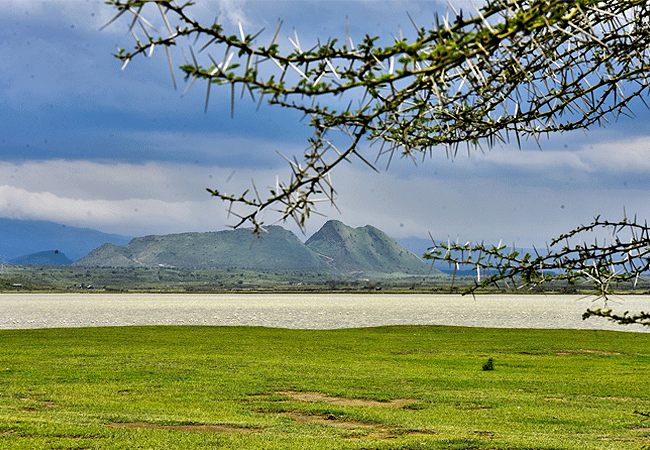
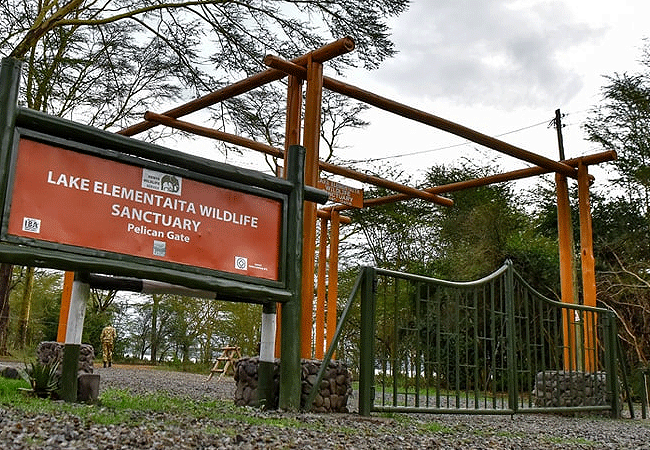
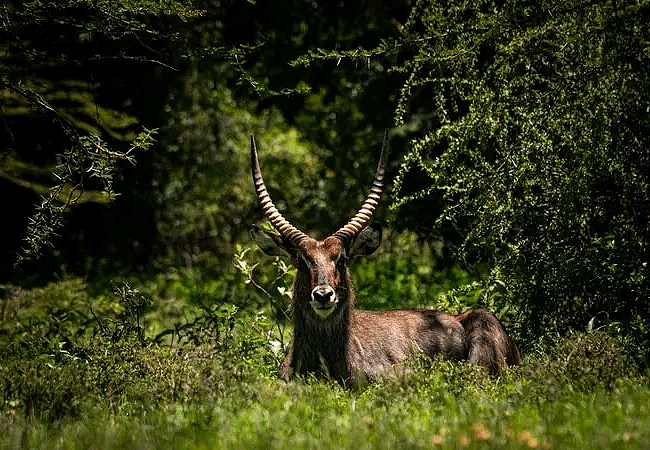
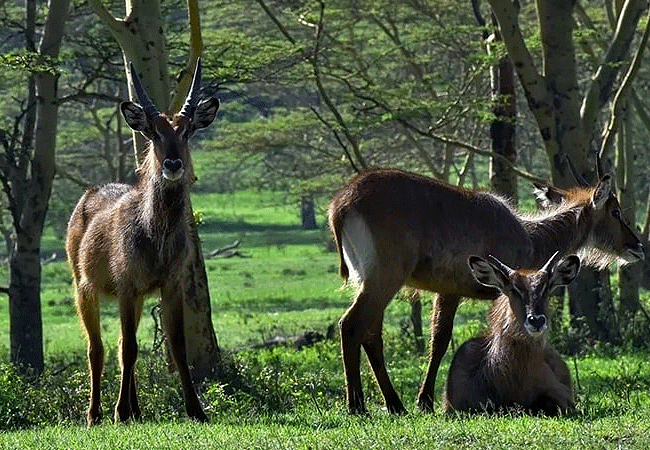
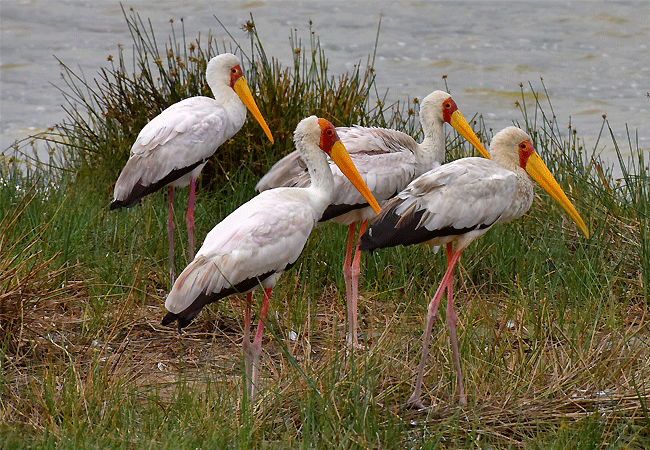
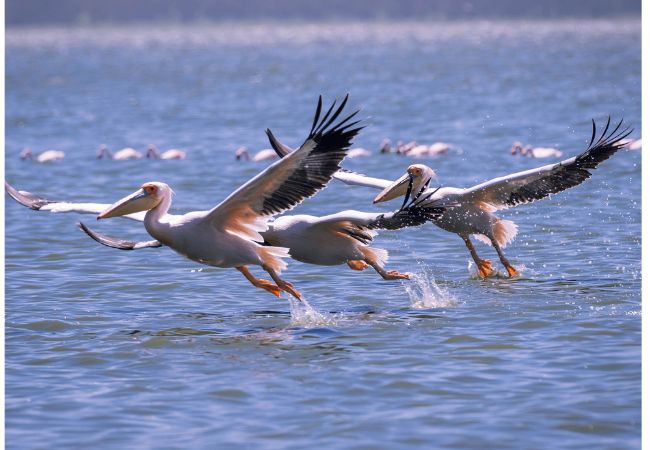
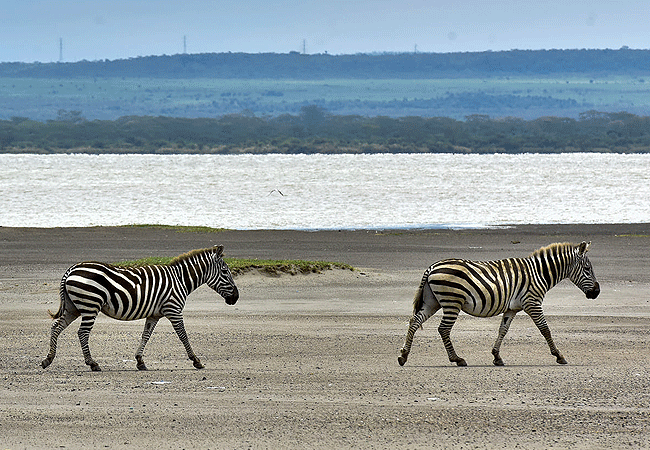
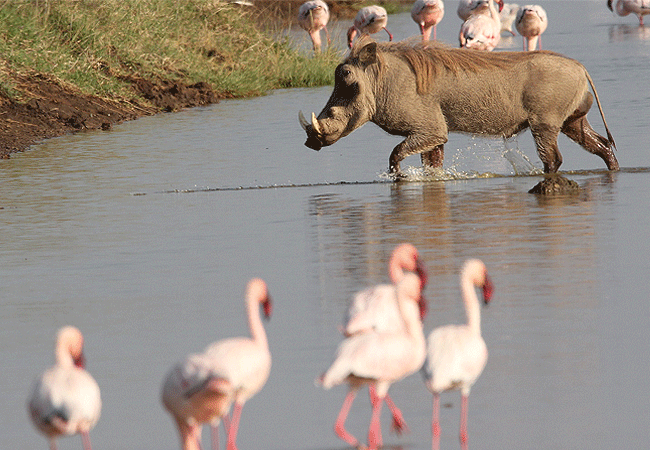
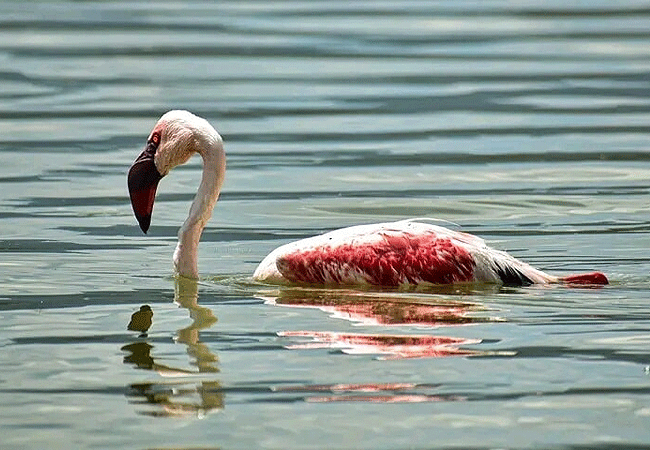
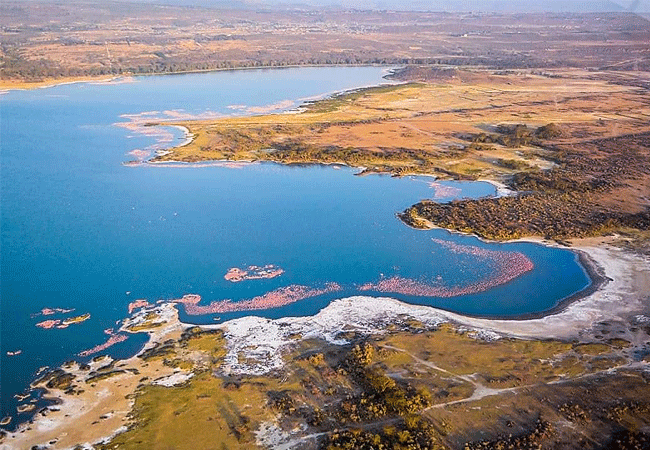
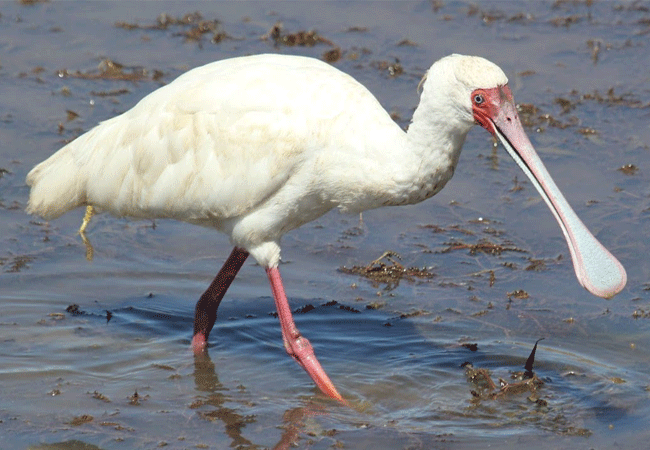
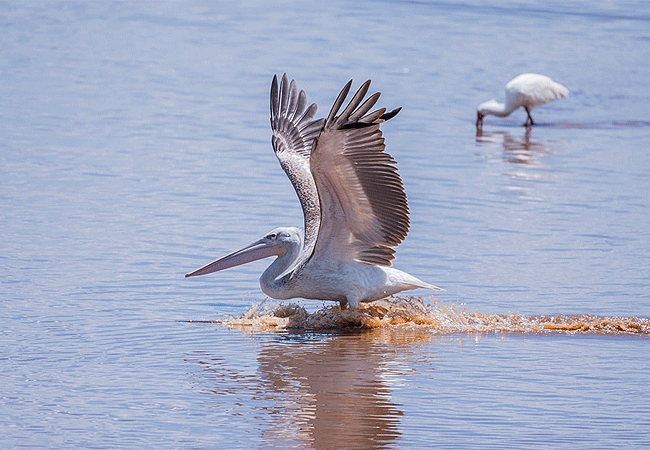
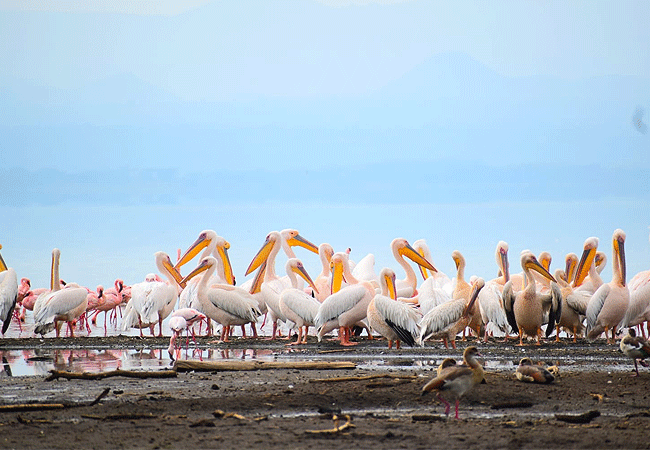
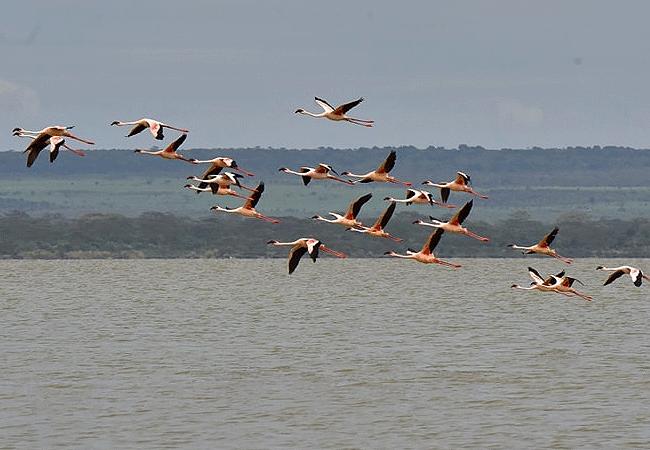
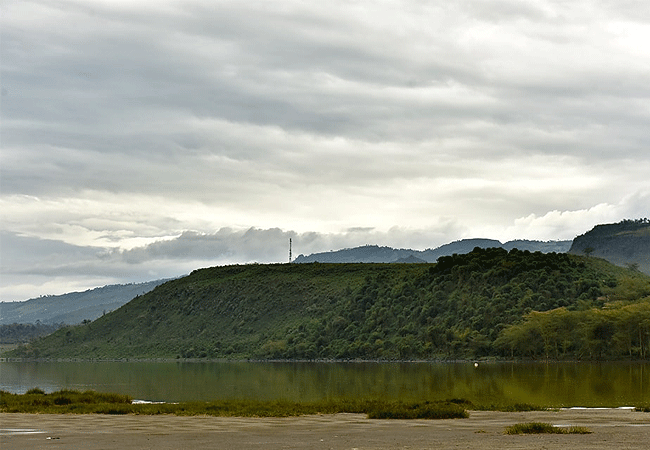
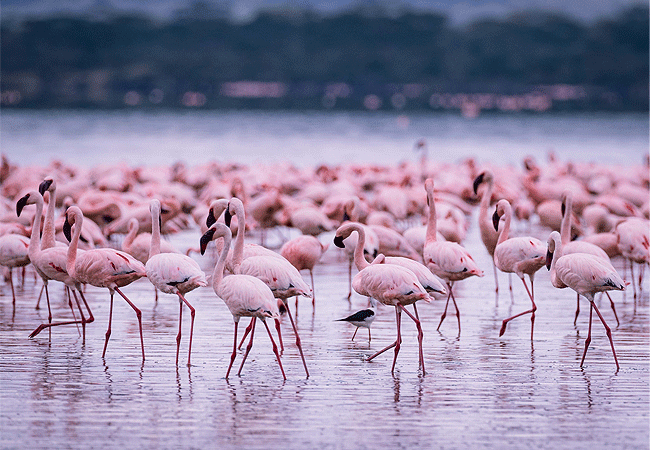

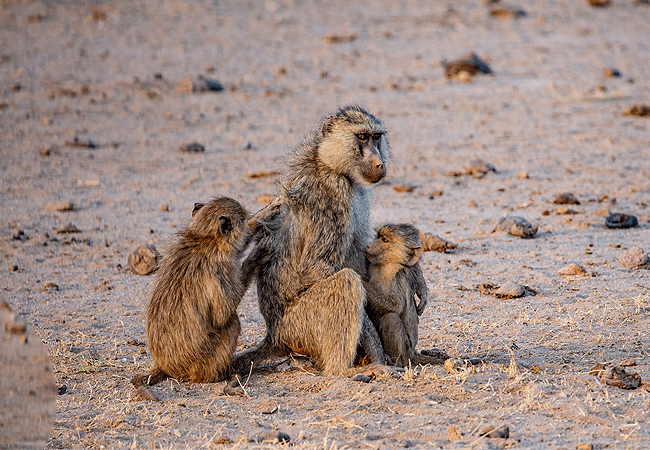
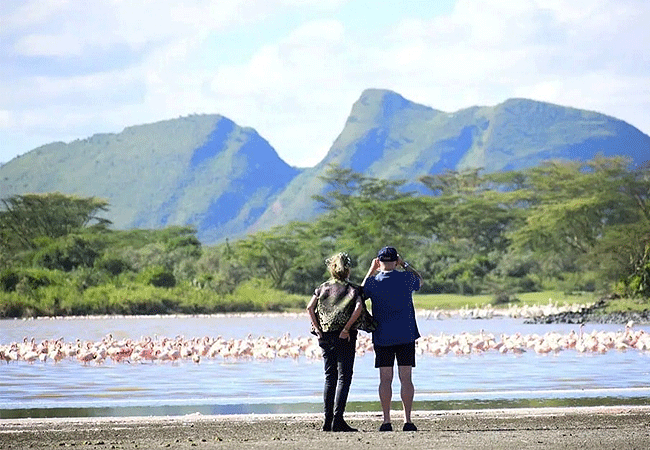
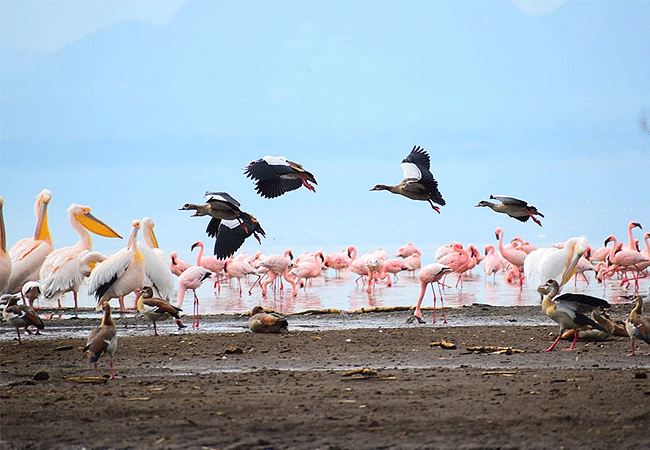
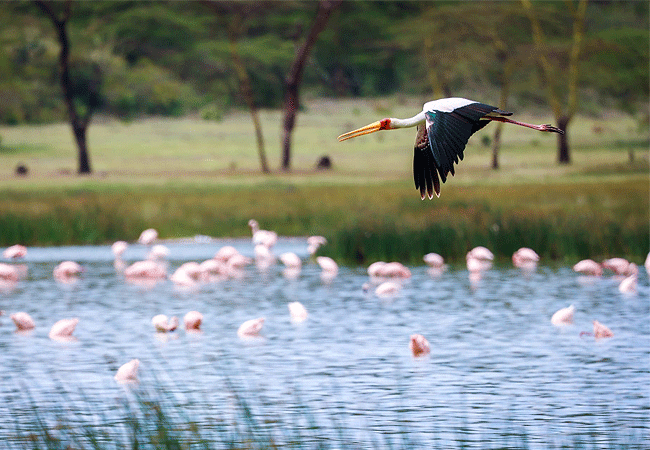
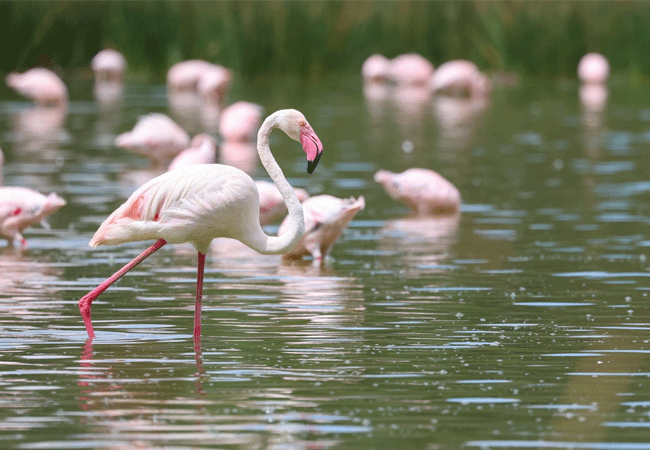
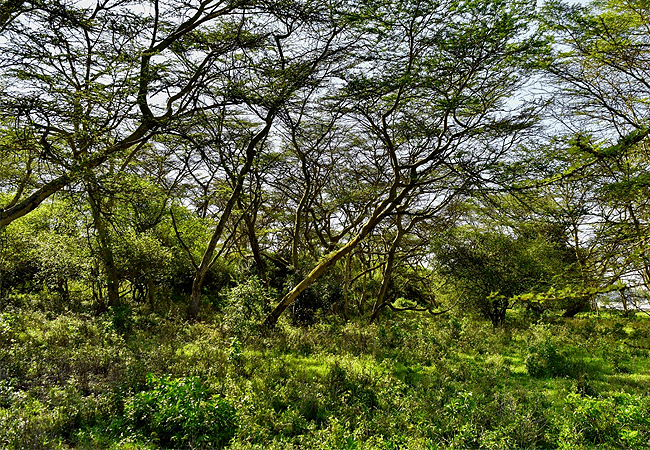
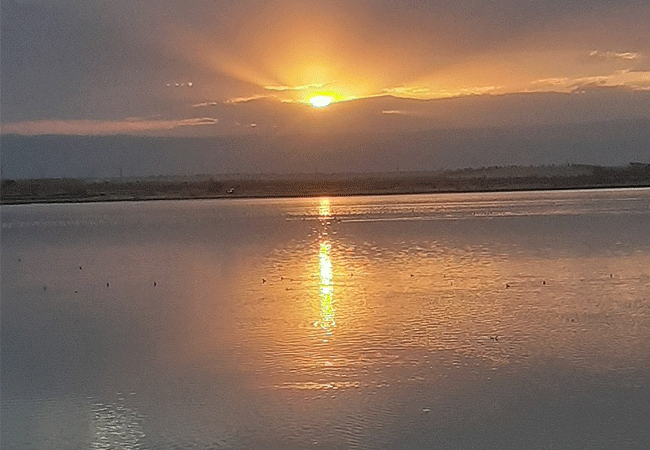
Lake Elementaita Wildlife Sanctuary is located 120 km northwest of the capital, 3 hour’s journey from Nairobi. The sanctuary is about 40 km north of Naivasha and 45 km south of Nakuru. The nearest administrative town is Gilgil within Nakuru County.
By Air: The nearest airstrips are Nakuru (Lanet) and Soysambu Airstrip. It is a bird’s haven and n Important Bird Area, a Ramsar site, and a World Heritage Site. (IBA) is a site that provides essential habitat to one or more species of breeding, wintering, or migrating birds. The sanctuary has some hot water springs.
It is accessible through two gates namely Pelican Gate along the Nairobi – Nakuru Highway and Maji Moto Gate along Kikopey – Elementaita Road. Lake Elementaita basin has one of the oldest archeological sites belonging to the Oldowan period, with stone tools dating to 700,000 years ago found at Kariandusi.
The Obsidian mines at the Eburru Mountains are evidence of the Obsidian trade dating over 3000 years ago. Subsequently, the region was occupied by pastoral Neolithic, later the Maasai pastoral community who called it “Elementaita”. During the colonial occupation, the whole area between Elementaita and Naivasha was taken over and used for livestock and wildlife ranching by Lord Delamere.
The area around Lake Elementaita was designated an Important Bird Area (IBA), a site of global significance for bird and biodiversity conservation, in 1999. The lake was designated a Ramsar site (wetland of international importance) in 2005.
It was gazetted as a National Wildlife Sanctuary in 2010 and listed together with Lakes Nakuru and Bogoria as the Kenya Lakes System in the Great Rift Valley World Heritage Site by UNESCO in 2011.
Lake Elementaita Wildlife Sanctuary Activities
Birdwatching
Lake Elementaita Wildlife Sanctuary is a paradise for birdwatchers. This sanctuary, part of the larger Kenya Lakes System, is recognized as a UNESCO World Heritage Site due to its rich biodiversity, especially its birdlife.
The alkaline, shallow waters of Lake Elementaita create an ideal habitat for over 450 bird species, including migratory and resident birds. Among the most prominent species are the Lesser and Greater Flamingos, which gather in large numbers to feed on the abundant algae, creating a stunning visual display.
The lake is also home to Great White Pelicans, African Spoonbills, Pied Avocets, and various species of herons and storks, making it a critical stop for waterbirds along the African-Eurasian Flyway.
Birdwatching in the sanctuary is often a serene experience, with dedicated spots along the lake offering unobstructed views. Early morning and late afternoon provide the best opportunities to observe birds as they feed, roost, and engage in mating displays.
The area’s wetlands, combined with surrounding riparian forests and grasslands, create a mosaic of habitats that support diverse bird species, making every visit unique.
In addition to waterbirds, the sanctuary supports species typical of savannah and woodland habitats, including raptors such as the African Fish Eagle and Lanner Falcon. Observing these majestic birds soaring above the lake or perched on trees adds to the thrill.
Hiking
Hiking within the Lake Elementaita Wildlife Sanctuary offers visitors an intimate experience with its diverse landscapes. The sanctuary’s terrain ranges from flat, open plains to more rugged areas near the shores, providing multiple options for hiking enthusiasts.
The most rewarding hikes take you along the lake’s edge, where the views of birdlife are exceptional, but venturing deeper into the sanctuary reveals even more about the region’s ecosystem.
The trails in the sanctuary are typically less crowded than other tourist hotspots in Kenya, making hiking here a peaceful and meditative experience. Along the trails, hikers are treated to sweeping views of the Great Rift Valley, with its dramatic escarpments and volcanic mountains in the background. The surrounding savannah and acacia woodlands offer ample opportunities to spot wildlife, including zebras, giraffes, and gazelles grazing in the distance.
One notable hiking experience is the walk up to viewpoints offering panoramic vistas of the lake and its surrounding wetlands. These elevated areas provide the best angles for photographers and birdwatchers alike, as they offer an unobstructed view of the lake’s shimmering waters and the flocks of birds that inhabit the area.
During the hikes, visitors can also explore the sanctuary’s lesser-known geological features, including rocky outcrops and ancient lava flows. The diversity of habitats encountered on a hike from dry grasslands to riparian zones near the lake enhances the overall experience.
Visiting the Hot Springs
The hot springs at the southern end of Lake Elementaita are a unique attraction within the sanctuary. These geothermal springs, locally known as “Kekopey” hot springs, are naturally heated by underground volcanic activity.
The springs play a crucial role in maintaining the lake’s ecosystem by providing warm, mineral-rich waters that support a range of aquatic life, particularly tilapia, which thrive in these waters. The presence of fish attracts water birds such as pelicans, cormorants, and herons, which feed in the area, making it a popular spot for birdwatchers as well.
Visitors to the hot springs can take in the natural beauty of this geothermal wonder while enjoying the tranquil environment. The springs are surrounded by lush reeds and offer a peaceful escape from the more active parts of the sanctuary. Bathing is not common here, but the area around the springs is perfect for photography and picnicking, with the steamy waters creating a surreal, almost mystical atmosphere.
The hot springs also hold cultural significance for the local Maasai people, who have long considered the waters to have healing properties. While there are no formal bathing facilities, the springs serve as a reminder of the geothermal activity that shaped the Great Rift Valley, adding a layer of geological intrigue to the sanctuary’s natural wonders.
In addition to being a scenic spot, the springs contribute to the ecological balance of the lake, offering a warm refuge for wildlife during cooler seasons. A visit to the hot springs is an opportunity to witness the interconnectedness of geology, biology, and culture in this unique setting.
Game Viewing
Game viewing in Lake Elementaita Wildlife Sanctuary offers visitors the chance to observe a variety of herbivores in their natural habitats. The sanctuary is home to several species, including the endangered Rothschild’s giraffe, elands, buffaloes, common zebras, and impalas. These animals roam the terrestrial habitats surrounding the lake, particularly in the savannah grasslands and acacia woodlands that provide shelter and food.
The sanctuary’s Rothschild’s giraffes are one of the key highlights for game viewers, as this subspecies is critically endangered and only found in select regions of Kenya and Uganda. These giraffes are often seen gracefully moving across the plains, their long necks reaching high into the acacia trees for leaves. In contrast, the elands and buffaloes are more likely to be seen in herds, grazing on the open grasslands, or taking shelter in the woodlands during the heat of the day.
For those keen on observing smaller herbivores, impalas, and gazelles are frequently spotted near the lake’s shores, where they can drink water and graze on fresh grass. The presence of these herbivores also attracts predators, although sightings of lions, leopards, or hyenas are rare in the sanctuary.
Lake Elementaita Wildlife Sanctuary - Conservation Fees
2025 Lake Elementaita Wildlife Sanctuary – Conservation Fees
| High Season – 1st July to 31st September, and 1st December to 29th February | ||||||
| East Africa Citizen/ Resident (Kshs) | Rest of Africa (USD) | International Visitors (USD) | ||||
| Adult | Child/ Student | Adult | Child/ Student | Adult | Child/ Student | |
| Lake Elementaiata Wildlife Sanctuary | 300 Kenya Shillings |
250 Kenya Shillings |
20 US Dollars |
15 US Dollars |
25 US Dollars |
15 US Dollars |
|
Low Season – 1st October to 31st November and 1st March to 30th June |
||||||
|
|
East Africa Citizen/ Resident (Kshs) | Rest of Africa (USD) |
International Visitors (USD) |
|||
| Adult | Child/ Student | Adult | Child/ Student | Adult |
Child/ Student |
|
|
Lake Elementaiata Wildlife Sanctuary |
250 Kenya Shillings |
200 Kenya Shillings |
15 US Dollars |
10 US Dollars |
20 US Dollars |
15 US Dollars |
Notes
* International (INTL) Visitors – Refers to visitors other than EAC and the rest of Africa with a valid passport
* Rest of Africa – Refers to nationals of African countries other than East African countries with a valid passport
* Kenyan Citizen – Refers to Kenyan nationals by birth and registration, with a valid Identification Card with a valid passport
* Resident -Refers to persons of other nationalities residing in Kenya with valid documentation from the Kenyan government
* Daily fee is a single entry fee valid for 24 hours of continuous uninterrupted stay inside a KWS national park/ reserve/ sanctuary
* Senior Citizen – Refers to Kenyan Citizens aged 75 years and above. Senior citizens shall access all KWS parks, reserves, and sanctuaries for free
* Children -Refers to persons from the age of five (5) years to seventeen years (17) years. Children below the age of five (5) years shall access all KWS parks, reserves, and sanctuaries for free
* East African Community (EAC) Citizen – Refers to nationals of East African countries of Kenya, Uganda, Tanzania, Rwanda, South Sudan, Burundi and the Democratic Republic of Congo (DRC)
* Conservation Fees – Refers to fees charged in national parks, reserves, and sanctuaries to conserve and protect natural resources, such as wildlife, habitats, and ecosystems
* Persons with Disabilities(PWD) – Refers to Kenyan Citizens who have a physical, sensory, mental, or other impairment, including any visual, hearing, learning, or physical incapability, which adversely impacts social, economic, or environmental participation. PWD access all KWS parks and sanctuaries for free upon presentation of valid documentation from the National Council for Persons with Disabilities
* Student – Refers to an individual from a recognized secondary, government, or private college or university up to twenty-three (23) years old visiting the parks for purposes of learning about conservation through a documented and organized arrangement with that institution. It excludes students on personally arranged holidays. KWS will require a minimum of one (1) week’s notice to issue a written authorization for the student rate
Lake Elementaita Wildlife Sanctuary - Nearby Accommodation
As of now, there are no accommodation options inside of the wildlife sanctuary. Visitors of the sanctuary can decide to book at the following hotels below which are near the sanctuary.
Pelican Lodge: Located approximately 5 km from Lake Elementaita Wildlife Sanctuary, Pelican Lodge offers a serene setting with panoramic views of the lake and surrounding landscapes. The lodge features 10 spacious cottages designed with a mix of rustic charm and modern amenities, including ensuite bathrooms, private balconies, and access to bush dinners by the lake. It’s an ideal spot for relaxation and intimate stays while offering activities such as sundowners and birdwatching.
Sirville Lodge: About 3 km from the sanctuary, Sirville Lodge is known for its eco-friendly atmosphere and proximity to Lake Elementaita. This lodge provides a relaxed ambiance, featuring cottages with lake views, an outdoor swimming pool, and a restaurant serving local and international cuisine. It’s a great base for exploring the sanctuary and engaging in activities like nature walks, birdwatching, and visiting the nearby hot springs.
Cactus Eco Camp: Located roughly 11 km from the sanctuary, Cactus Eco Camp offers a more rustic and affordable experience. Set amidst acacia trees with views of Lake Elementaita, this eco-friendly camp provides cottages and tents for accommodation. It’s perfect for adventurers looking to stay closer to nature, with amenities like bush breakfasts and campfire dinners. Popular activities here include birdwatching and game viewing.
Elementaita Manor: Positioned around 6 km from the sanctuary, Elementaita Manor is a luxury boutique lodge featuring elegant rooms, well-manicured gardens, and modern amenities. With personalized services, it caters to guests seeking privacy and comfort while staying close to the wildlife sanctuary. The manor also organizes activities like guided tours of the sanctuary and birdwatching expeditions.
Other hotels near Lake Elementaita Wildlife Sanctuary can be found Here. These accommodations provide diverse options for visitors looking to explore Lake Elementaita Wildlife Sanctuary, from luxury stays to eco-friendly retreats.
Booking & Reservations Lake Elementaita Wildlife Sanctuary Contact
Mobile: +254-721-242-711
WhatsApp: +254-721-242-711
Reservations: +254 718-179-967
Email: [email protected]
Website: https://africanspicesafaris.com

